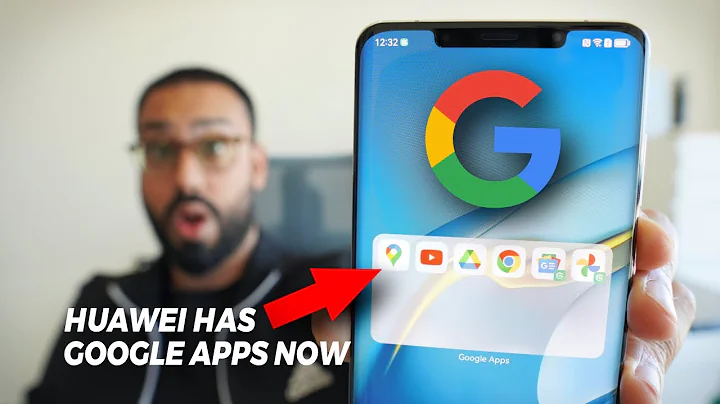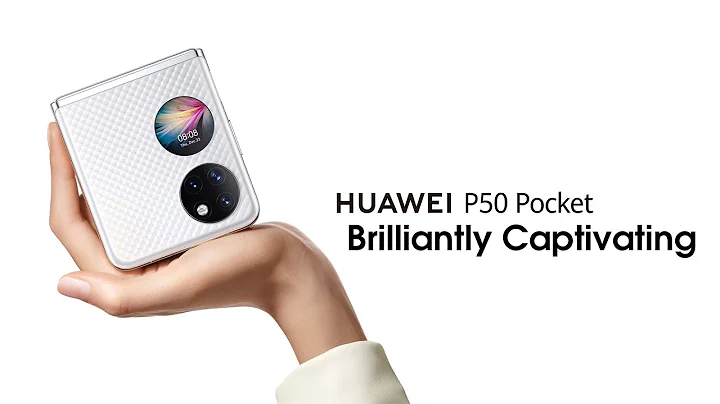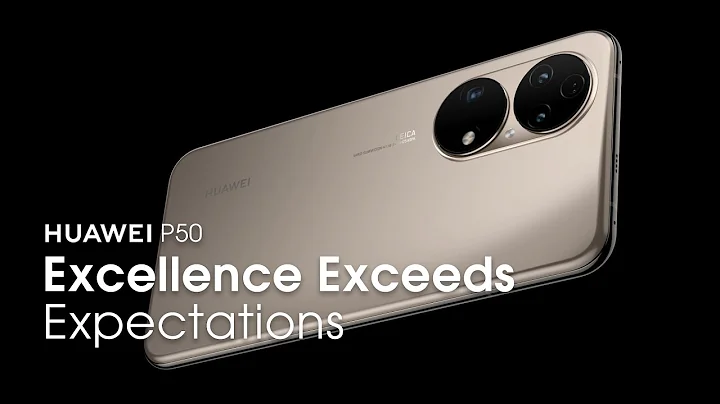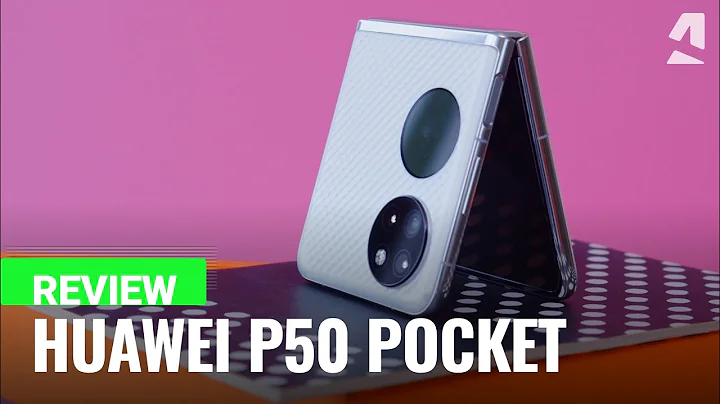Recently, three pieces of news have once again brought a domestic mobile phone chip manufacturer into the public eye.
On June 24, mobile phone manufacturer Gionee launched a new phone called P50 Pro. Not only does it look like Huawei P50 Pro at first glance, even the name is exactly the same. However, the machine is equipped with the Unisoc T310 with a 12nm process. The 4+64G version is priced at 659 yuan; A 64GB version, equipped with UNISOC SC9863A chip, priced at 798 yuan;
On June 28, Nokia mobile phone official Weibo announced that the global sales of the Nokia 105 series have exceeded 200 million units. The 105 series was born in 2013. With four generations of mobile phones, it has lasted for nearly ten years and has sold more than 200 million units in total. It can be said to be a classic mobile phone in the world. It is worth mentioning that the latest Nokia 105 4G is first equipped with Unisoc’s T107 chip, which supports dual-SIM dual-standby 4G full Netcom. It is also the first classic mobile phone to support , Alipay and .
Many people may have never heard of the chip manufacturer Unisoc. Indeed, compared to Qualcomm , MediaTek , and even Huawei HiSilicon and Samsung Exynos, Unisoc is an extremely unfamiliar chip manufacturer. However, it may be surprising to see its share of the global mobile phone chip market.
Market research agency Counterpoint data shows that in the ranking of smartphone AP (smartphone main chip) market share in the fourth quarter of 2021, Unisoc’s mobile phone chips have occupied 11% of the global market, surpassing Samsung , Huawei HiSilicon, ranked fourth in the world. With a market share of 11%, this means that at least one of every 10 mobile phones in the world is equipped with a Unisoc chip.
It is worth noting that in the same period last year, Unisoc’s market share was only 4%, but in just one year, its market share has nearly tripled, and the growth rate is astonishing.

So, why did UNISOC surge so fast in just one year? As one of the few chip manufacturers in China, is it possible that Unisoc will become the next MediaTek? Let's take a look together.
The name Unisoc, a Chinese mobile phone chip design manufacturer that has been developed for 22 years,
, is actually developed from three companies: Unisoc Group , Spreadtrum and Rui Dike .
Ziguang Group is currently the largest and most well-known integrated circuit company in China. Ziguang Group mainly has three major business supports. The first business is memory chip business, and its main subsidiary is Yangtze River Storage ; the second business is security chip , and its main subsidiary is Unisoc Microelectronics ; The first business is chip design, and the main subsidiary is Unisoc.
In 2013, Ziguang Group acquired Spreadtrum Communications for a total price of US$1.8 billion; in 2014, Ziguang completed the acquisition of RDA Microelectronics for US$907 million. In 2016, Ziguang began to integrate its Spreadtrum Communications and RDA into Unisoc Spreadtrum. So far, , Spreadtrum, and RDA have maintained independent operations. Spreadtrum's main business is smartphone chips, while RDA's main business is IoT chips.

So let’s mainly talk about Spreadtrum.
Spreadtrum is a chip design manufacturer established in 2001. In the year of its establishment, Spreadtrum also received a joint investment of US$26.5 million from China Merchants Fuxin and MediaTek. Later, Spreadtrum "forced" MediaTek into the low-end chip market, and the outside world jokingly said that MediaTek was "raising a tiger for trouble."
In 2003, Spreadtrum successfully developed the world's first GSM/GPRS (2.5G) multimedia baseband integrated single chip - SC6600B; in 2004, Spreadtrum successfully developed the world's first TD-SCDMA/GSM dual-mode baseband single chip - SC8800A SC6600B (2.5 G) chips and achieve mass production. In 2006, Spreadtrum's 10 millionth chip rolled off the assembly line. In the same year, Spreadtrum’s revenue reached US$107 million.
In 2007, Spreadtrum was listed on Nasdaq , with an increase of nearly 14% on the first trading day. At that time, Spreadtrum was one of the few developers of 3G mobile phone core chips based on TD-SCDMA in the world, and was therefore known as China's first 3G concept stock . It was also the first chip company to be listed in mainland China. In 2010, Spreadtrum became the first chip design company in mainland China to exceed US$300 million and released the world's first 40nm TD chip in the same year.
Judging from this series of achievements, Spreadtrum is not without achievements in the development of mobile phone chips. In the era of feature phones, Spreadtrum's development momentum even "forced" MediaTek. But compared to the development of MediaTek at the same time, there is a gap between the two by several levels.
The reason is that in the early stages of development, Spreadtrum fell into the "low-end trap" and was unable to extricate itself.
chip is an industry with large investment and long return cycle. This characteristic determines that the entry threshold for this industry is extremely high. However, once it becomes a leading company in technology, the "winner takes all" phenomenon will be very obvious. Typical examples include Qualcomm in the high-end chip market and MediaTek in the mid- to low-end market. The chip market and TSMC in the chip foundry field. Global semiconductor sales will exceed US$500 billion in 2021, but manufacturers mainly involved in chip design and manufacturing are overwhelmingly concentrated in MediaTek, Qualcomm, Apple , Unisoc, Samsung, HiSilicon and TSMC, United. Hua Electronics , SMIC are several companies.
Especially for advanced process chips, there are very few manufacturers that can design and manufacture them. This industry status quo requires chip companies to continue to invest in technology and catch up with or lead the technological level of the world's advanced chip manufacturing processes. To put it bluntly, it means being able to continuously invest money in research and development in the long term.
Spreadtrum started out as a feature phone chip. Judging from our previous description, it has made quite a few technological breakthroughs in the feature phone era. However, compared to MediaTek, the "father of copycat phones", the gap is still not small. Spreadtrum has always been competing in the low-end market mainly on the basis of cost performance. The low gross profit margin has resulted in no money for R&D. Not only that, low-end products do not have high technical requirements, which further restricts the technical level of Spreadtrum, forming a Chinese semiconductor company. A common "low-end trap" in the industry.

On the other hand, in the early stages of smartphone development, Spreadtrum stuck to the functional machine chip market and did not promptly withdraw from the main research and development of smartphone chips. As a result, the technology stagnated for a time, resulting in the decline of Unisoc Spreadtrum between 2018 and 2019. Because the market share of chips is too low, they are ignored in statistics and classified as "others".
In this regard, Chu Qing, the former CEO of Unisoc, also admitted in public: "Unisoc is a technology-based company, but its chip technology is several generations behind the technical strength of some leading companies."
So, why? Can the market share of Zhanrui exceed 10% in 2021? This stems from the opportunities and a series of reforms it encountered.
Missed 4G, Unisoc’s 5G has achieved initial results
The updated iteration of mobile communication technology often eliminates a group of mobile phone manufacturers and creates a new group of mobile phone manufacturers. In the 3G to 4G era, China Cool Alliance, ZTE, Coolpad , Lenovo are gradually falling behind, while Xiaomi , OPPO and vivo and other manufacturers are rising; when 4G is turning to 5G, manufacturers such as Meitu, Smartisan, Meizu Either discontinued or acquired.
The same is true in the chip industry. In the 4G era, MediaTek, which completely lagged behind Qualcomm in the mid-to-high-end market, has made technological layout in advance in the 5G era. Now, in the mid-to-high-end and even high-end markets, the development momentum is approaching Qualcomm. The rise of Unisoc is also due to the update and iteration of mobile communication technology.
In May 2020, Hisense F50, the first mobile phone equipped with Unisoc’s 5G chip Huben T7510, was officially released. The release time is only half a year behind the leading manufacturers in the industry, and it has successfully entered the first echelon. This is the first time that Ziguang Zhanrui has appeared in the market as an advanced technology player.In February 2021, T7510 sales exceeded one million, and the number of commercial terminal products exceeded 50.

Data shows that Unisoc’s shipments in the Chinese mobile phone chip market reached 8.8 million in 2021, while in 2020, this number was less than 100,000. In just one year, Unisoc achieved shipments An increase of 10312.7%.
It can be said that Unisoc is the most dazzling dark horse in the chip industry in the past year.
Taken together, Ziguang Zhanrui has been able to rise in the mid-to-high-end market in recent years with the help of two major internal and external factors.
Judging from external factors. The global chip shortage once brought benefits to the development of Ziguang Zhanrui. MediaTek, Unisoc’s main rival in the low-end market, has transformed to focus on the mid- and high-end markets, which has also given Zhanrui a lot of room for development; in the domestic market, Huawei HiSilicon has also experienced a decline in chip shipments due to sanctions. The price has plummeted, and low-end smartphones from manufacturers such as honor , realme, ZTE, etc. have also chosen Zhanrui due to the reasons of "cost-effectiveness" and "domestic substitution".
The internal reason comes from the internal coaching change of Ziguang Zhanrui in 2018. Before 2018, Zhanrui had chaotic internal management, unclear strategic positioning, and fell into the low-end trap we mentioned earlier. In 2018, after Ziguang Group completed the merger of Spreadtrum and RDA, the new management Ren Qiwei and Chu Qing took office. On the one hand, they carried out a series of management and organizational process reforms within the company; on the other hand, Increase technology investment to further enhance the advancement of Zhanrui communication technology and chip technology.
Up to now, UNISOC has not only released Tanggula, a new brand for the 5G consumer chip market, but has also laid out four product series of 6, 7, 8 and 9 for market segments: low, medium, medium-high and high-end. . It can be said that Ziguang Zhanrui, the "lone seedling" of chip design in mainland China, is finally on the "right track" of development.
written at the end
Just when Ziguang Zhanrui's development was on the right track, its top management ushered in changes. CEO Chu Qing, who had carried out internal reforms with an iron-fist policy, was dismissed. The future of this domestic chip manufacturer is once again shrouded in fog. How
will develop in the future may require further observation. The road to becoming the next MediaTek is even longer.





















